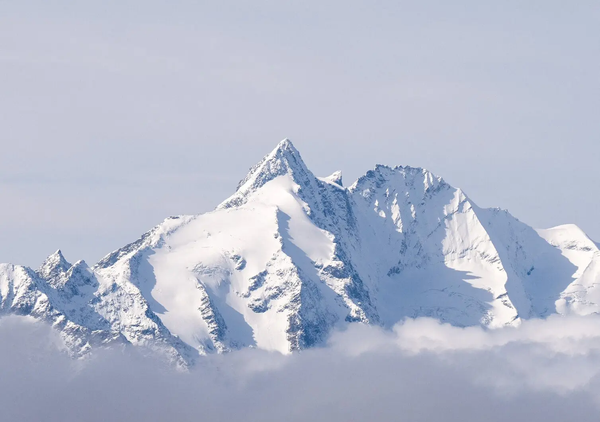The plot to kidnap the Pope and take him to Liechtenstein
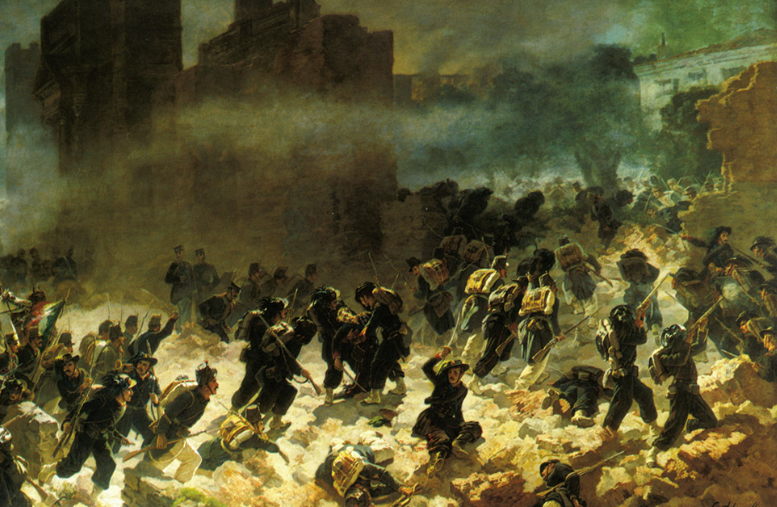
From the Swiss National Museum: "In the middle of the First World War, diplomats in Switzerland, Austria and the Vatican were trying to resolve the Roman question. The issue, as the representative of the Holy See in Bern wrote to the Ministry of Foreign Affairs in Austria in 1916, was “one of the most complicated seen in world politics for a considerable time”. After Italy conquered the Papal States in 1870 and incorporated the Vatican into the nation state of Italy, efforts were made to resolve the situation. The Principality of Liechtenstein came up among the proposals put forward: Rome and Vienna developed a particular interest in a secret plan, whereby the Principality would be offered to the pontiff. The rationale behind the idea was that the Pope would acquire ‘global sovereignty,’ facilitating negotiations with the Italian government."
American hockey players start to develop a Canadian accent the longer they play
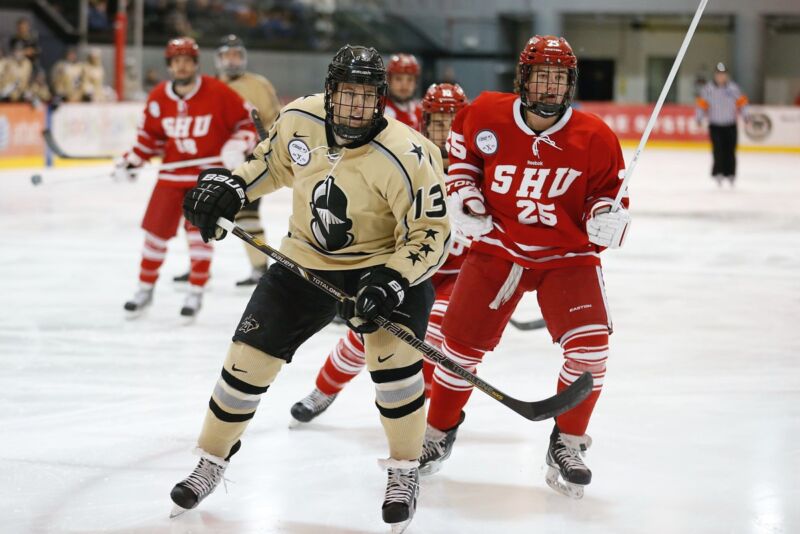
From Ars Technica: "University of Rochester linguist Andrew Bray started out studying the evolution of the trademark sports jargon used in hockey for his master's thesis. For instance, a hockey arena is a "barn," while the puck is a "biscuit." When he would tell people about the project, however, they kept asking if he was trying to determine why American hockey players sound like "fake Canadians." Intrigued, Bray decided to shift his research focus to find out if hockey players did indeed have distinctively Canadian speech patterns and, if so, why this might be the case. He discovered that US hockey players borrow certain aspects of the Canadian English accent. But they don't follow the typical rules of pronunciation. "American hockey players are not trying to shift their speech to sound more Canadian," Bray said. "They're trying to sound more like a hockey player. That's why it's most evident in hockey-specific terms."
The Maison du Pastel in France has been handmaking pastels for 300 years
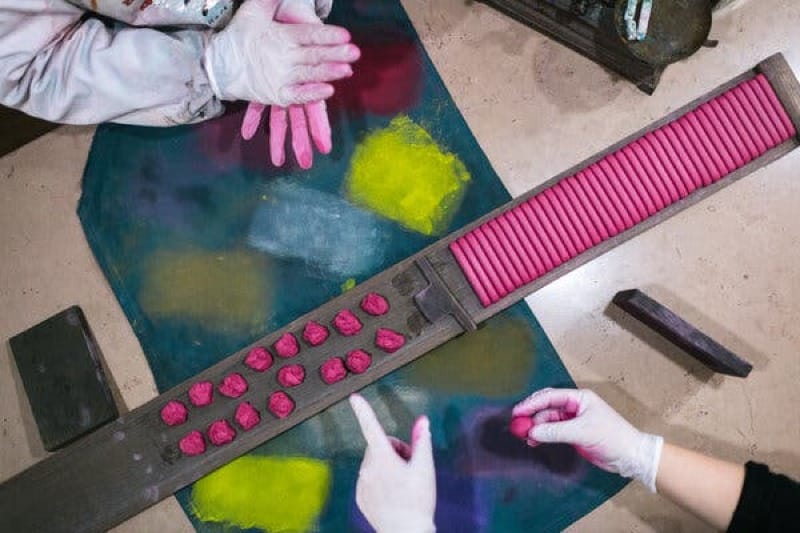
From the New York Times: "Founded in the 1720s, the company is described on its website as the oldest pastel maker in the world. It has passed through numerous hands over the years and was taken over by Ms. Roché in 2000. Together, the two women produce the maison’s pastels entirely by hand in an old stone farm building at the center of a village about 40 miles southwest of Paris. (Ms. Roche does not want to disclose the precise location.) At the heart of all their recipes is the binder devised by one of her distant ancestors: Henri Roché, a chemist and pharmacist who bought the business in 1879. He worked with the artists of his day, including Degas, Whistler and Sisley, she said, to create the broad palette of vivid pastels that would not fade in sunlight. A set of Roché pastels owned by Degas is part of the collection at the Musée d’Orsay in Paris, Ms. Roché noted."
Editor's note: If you like this newsletter, please share it with someone else. And if you really like it, perhaps you could subscribe, or contribute something via my Patreon. Thanks for being a reader!
She was the first woman to fly a helicopter in combat and was also a flight surgeon

From Amazing Women: "Valérie André is one of the great military aviators of the twentieth century. She was the first woman to fly a helicopter in combat and one of the first three helicopter medevac pilots. Flying more than 150 helicopter rescue missions during the French war in Indochina (including at Dien Bien Phu), and parachuting into the field twice, André was a trailblazer, a pioneer of flying helicopters in combat and an innovator of battlefield medicine, who risked her life to treat the wounded. She flew Hiller 360 helicopters in Vietnam, alongside her future husband, Alexis Santini, France’s first military helicopter rescue pilot. She flew 128 rescue missions, rescuing 168 wounded soldiers in some of the most hazardous combat zones in Vietnam, and later became the first woman promoted to the rank of general in the French Army."
Hidden letters reveal love, lust, and scandal in 1920's Baltimore high society
:format(jpg)/cloudfront-us-east-1.images.arcpublishing.com/baltimorebanner/MXCW2PBOGND3BHVK24V3SDGNBI.JPG)
From the Baltimore Banner: "When Joanna Meade’s family moved into a 1910 house in Roland Park, she tried to picture all the residents who had come before her. How many hands had turned the old brass doorknobs? What mysteries might they have left behind? Then, one day, a bathroom renovation opened a window into a long-forgotten world. Her contractor removed a wall and found something hidden amid the plumbing. He wiped off the dust — a little black box made of tin and painted with gold stripes. The lock was broken. Later, Meade eased back the lid. Stacked inside and bound with twine were old letters. The browned paper was as delicate as onionskin. Every letter was addressed to a woman, “Mrs. R.A. Spaeth.” The loopy cursive was difficult to read. The antiquated language was hard to follow. Meade counted one, two, three ... 67 letters. All but one postmarked 1920 or 1921."
At 12 years old she spent 52 hours alone in the jungle, the only survivor of a plane crash
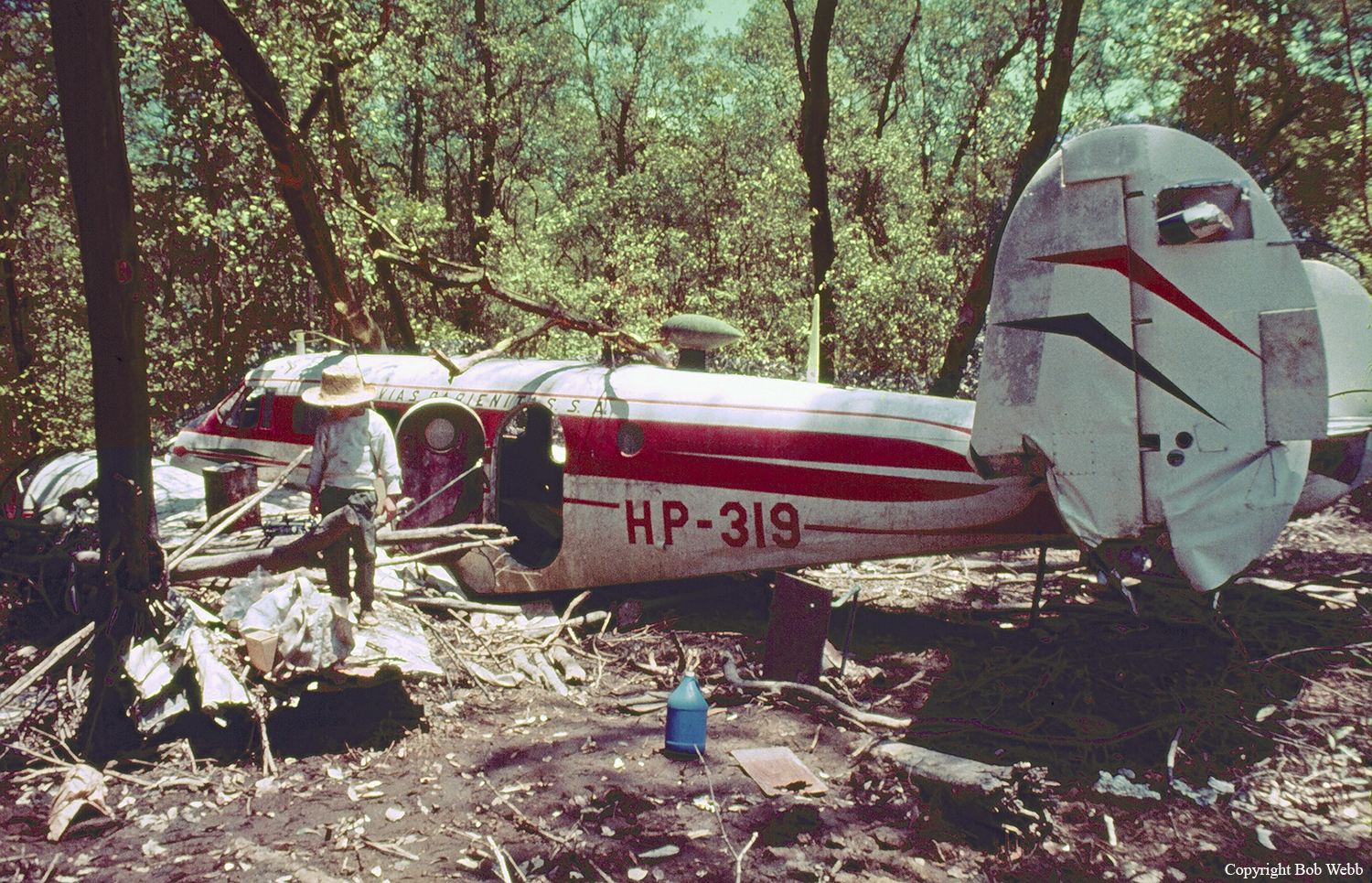
From The Guardian: "For 52 hours Francesca Lewis was alone, her arm and neck broken or fractured, lost in the jungle with no food and lying amid the debris of a plane which had crashed into the side of a remote volcano, killing the three other people on board. It appears that she escaped death only by leaping or being thrown from the plane as it crashed; while recovering in hospital she was wearing a neck brace and had one arm bandaged. Her mother added that it appeared Francesca had fallen, or been ejected, out of the plane when it slammed into the side of the Baru volcano over the weekend. Francesca's friend Talia Klein, aged 13, her friend's father, California businessman Michael Klein, 37, were both killed, along with the Panamanian pilot, Edwin Lasso. Klein rented the single-engine Cessna to fly over the volcano on the last day of their holiday."
She captured the flaming trail of a meteor that lit up the sky in Portugal
This girl captured the COOLEST video of the meteor that fell in Portugal ☄️ pic.twitter.com/NrunWrVGcS
— Nature is Amazing ☘️ (@AMAZlNGNATURE) May 20, 2024
Acknowledgements: I find a lot of these links myself, but I also get some from other newsletters that I rely on as "serendipity engines," such as The Morning News from Rosecrans Baldwin and Andrew Womack, Jodi Ettenberg's Curious About Everything, Dan Lewis's Now I Know, Robert Cottrell and Caroline Crampton's The Browser, Clive Thompson's Linkfest, Noah Brier and Colin Nagy's Why Is This Interesting, Maria Popova's The Marginalian, Sheehan Quirke AKA The Cultural Tutor, the Smithsonian magazine, and JSTOR Daily. If you come across something interesting that you think should be included here, please feel free to email me at mathew @ mathewingram dot com

